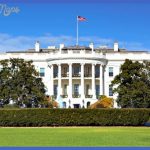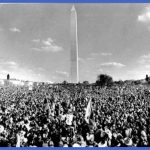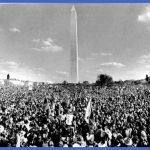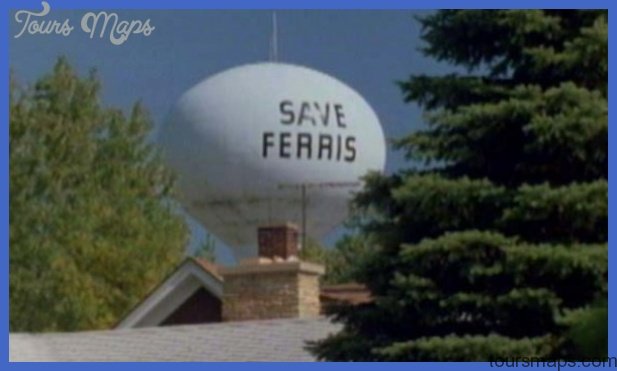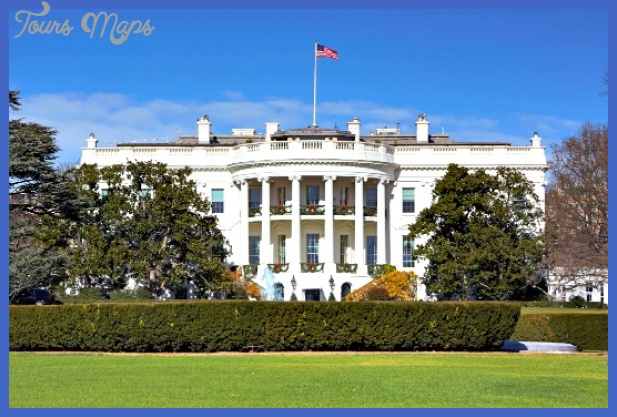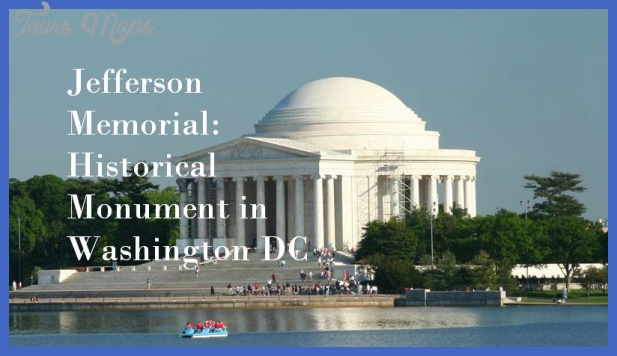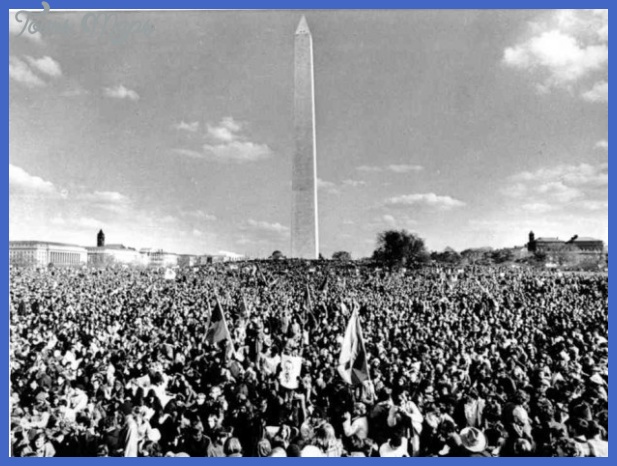As more and more Latino migrants began to settle throughout the Columbia River basin in Washington State as a result of the area’s significant agricultural expansion, they brought with them their cultural and religious traditions from Mexico. While the Mexican settlers of the 1920s and 1930s were few in numbers,
with many living in isolation communities in the western part of the state, their numbers substantially increased in the 1940s and 1950s, which fostered a cultural and religious awakening among the Mexican population in Washington.
Traditionally, the center of Mexican culture was la familia (the family). Extended family was referred to as parentela. In the absence of their immediate family members, many Mexican farmworkers relied on their extended families as a means to share a common language and similar values, attitudes, and beliefs while working in the labor camps in Washington. Other traditional Mexican practices were also maintained in Washington’s many labor camps, such as going to a curandero (folk healer) for massage or to ward off the evil eye. Farm workers also saw the traditional healers for other serious illnesses that could be diagnosed or treated by modern medical practitioners. The labor camps also fostered music, dances, traditional storytelling, and the singing of corridos (ballads).
Mexican fiestas began to be celebrated in the labor camps. Schools especially designed to teach children about their Mexican heritage, culture, and traditions were founded in the state, as were traveling theater groups. Mexican nonagri-cultural businesses, as well as tienditas (general mercantile stores), taquerias (taco restaurants), and panaderias (bakeries) began to appear in many of the towns in central and eastern Washington in order to serve the growing migrant population. Stores and restaurants such as these provided the Mexican population with Mexican food products and traditional Mexican meals; religious goods; Spanish-language books, newspapers, and records; and medical herbs, guitars, and serapes.
La iglesia (the Roman Catholic Church) was a vital source of religious celebrations and customs among the Mexican settlers in Washington. Traditional Mexican cultural practices related to the Catholic Church became more and more frequent right around the time of the implementation of the Bracero program, during the 1940s. Bautismo (Baptism), confirmation (confirmation), and primera comunion (First Holy Communion) were religious ceremonies for Mexican infants and young children. Compadrazgo, or co-parenthood, celebrations were centered on the baptism of Mexican children and the bonding of families together. Quinceaneras were held for young Mexican girls on their fifteenth birthdays as a celebration of their entry into womanhood. Las Posadas, the re-creation of Mary and Joseph’s search for lodging with the Christ child, and the anniversary of the apparition of Our Lady of Guadalupe to the Indian Juan Diego, also began to be held in Washington during the 1940s.
The Catholic Church was also instrumental in promoting Mexican artistic traditions with the creation of estampas (color lithographed prints), which functioned as visual narratives of the life and times of many of the Catholic saints. Mexican Catholic families in Washington would display several of these saints on estampas in their homes in order to pray and give thanks to them.
In the 1950s, after World War II, Mexicans living in Washington moved into the more urban areas of Washington State, like Seattle. In these more metropolitan areas, social clubs and community-based organizations developed. Fiestas familiares (house parties) were held as a means for people to socialize, dance, and enjoy traditional Mexican food. Spanish-speaking radio stations also became more prominent and would broadcast Mexican music; local Latino news; song dedications for friends and relatives as a way to honor their birthdays; and special broadcasts on favorite Mexican holidays, such as Mother’s Day or Mexican Independence Day (las Fiestas Patrias).
The late 1960s saw the development of cultural centers in Washington. Folklorico dance troupes and musical ensembles flourished. Self-help activities and community mobilization efforts to address the social and educational issues of the Mexicans in Washington were supported by these cultural centers. Music performances, poetry readings, and periodicals like Metamorfosis were supported as a means to promote the social and artistic goals of Mexican artists living in the state. From the social movement across the United States in the 1960s and cultural centers such as those started in Seattle, the Washington’s Chicano Art Movement (Movimiento) of the 1970s and 1980s developed. The art of the Movimiento addressed the struggles of the Mexican population in Washington. Posters, murals, and logos were created to depict the cultural heritage, hardships, challenges, and aspirations of Mexican farmworkers in the region.
notes
1. Flores.
2. Historylink.org, Latino History in Washington State.
3. Gamboa, A Social Portait: Chicano and Latino People of the Pacific Northwest.
4. Kirschner and Irion.
5. Kirschner and Irion.
6. Kirschner and Irion.
7. Kirschner and Irion.
8. Jose Alamillo, Latinos and Latinas in Washington State, in Encyclopedia of Latinos and Latinas in the United States (New York: Oxford University Press, 2005).
9. Gamboa, The Mexican Mule Pack System.
10. Gamboa, Mexican Migration into Washington State.
11. Gamboa, Mexican Migration into Washington State.
12. Gamboa, Mexican Labor and World War II.
13. Compean.
14. Rosales Castaneda, The Chicano Movement in Washington State 1967-2006, Part 1 Political Activism.
15. Historylink.org, Latino History in Washington State.
16. Garcia.
17. Jose Alamillo, Latinos and Latinas in Washington State, in Encyclopedia of
Latinos and Latinas in the United States (New York: Oxford University Press, 2005).
18. Overview of UFW in Washington State.
19. Human Rights Watch 2000 Report.
20. Historylink.org, Wapato Its History and Hispanic Heritage.
21. Gamboa, Latinos, No Strangers to this Land.
22. Ybarra-Frausto.
23. Whitem and Matheny-White.
24. Rosales Castaneda, The Chicano Movement in Washington State 1967-2006, Part 2 Chicano Cultural Awakening.
25. Apostolidis.
Washington cultural contributions Photo Gallery
Maybe You Like Them Too
- The Best Cities To Visit in The World
- World’s 10 Best Places To Visit
- Coolest Countries in the World to Visit
- Travel to Santorini, Greece
- Map of Barbados – Holiday in Barbados


